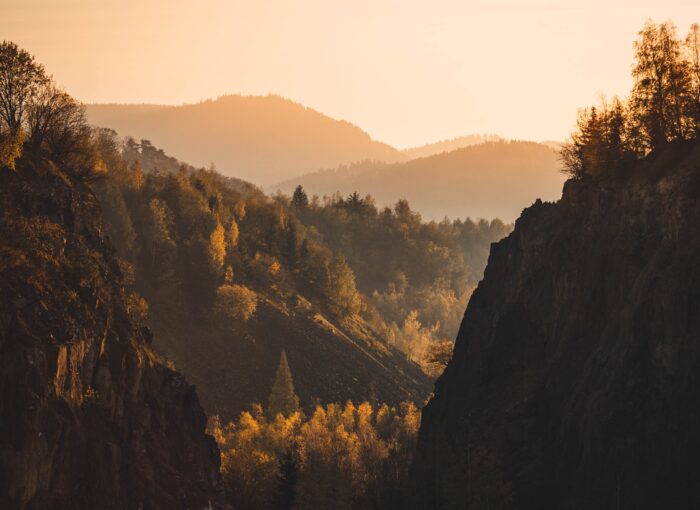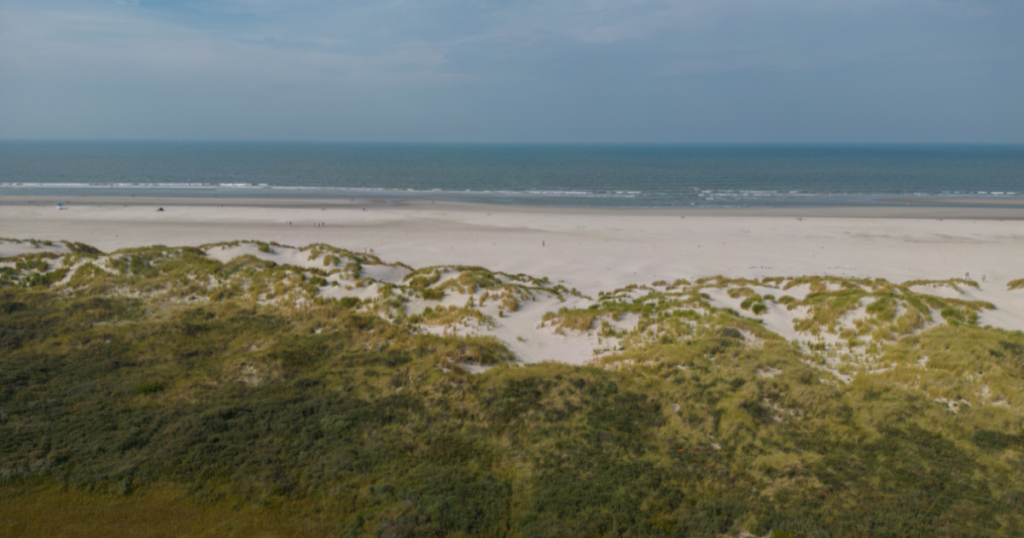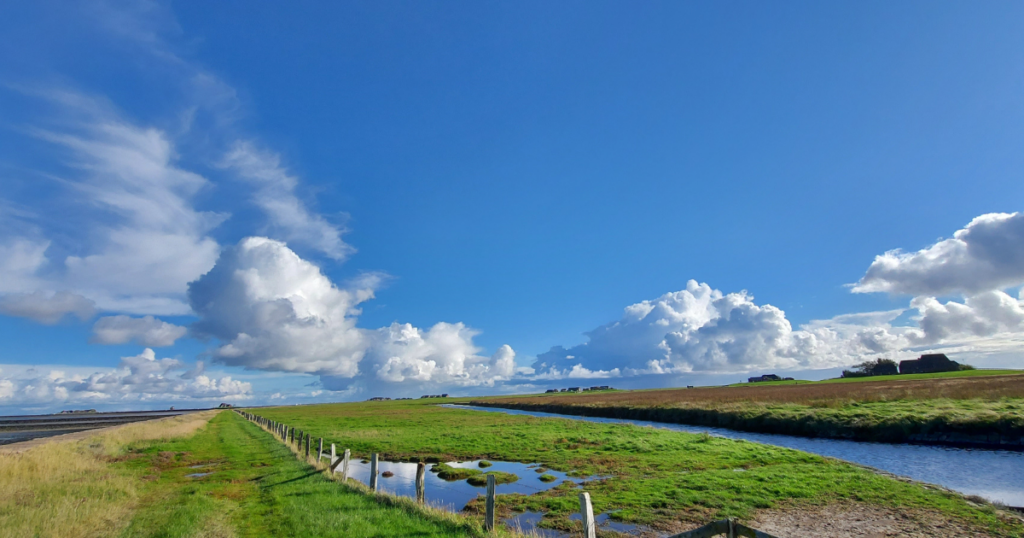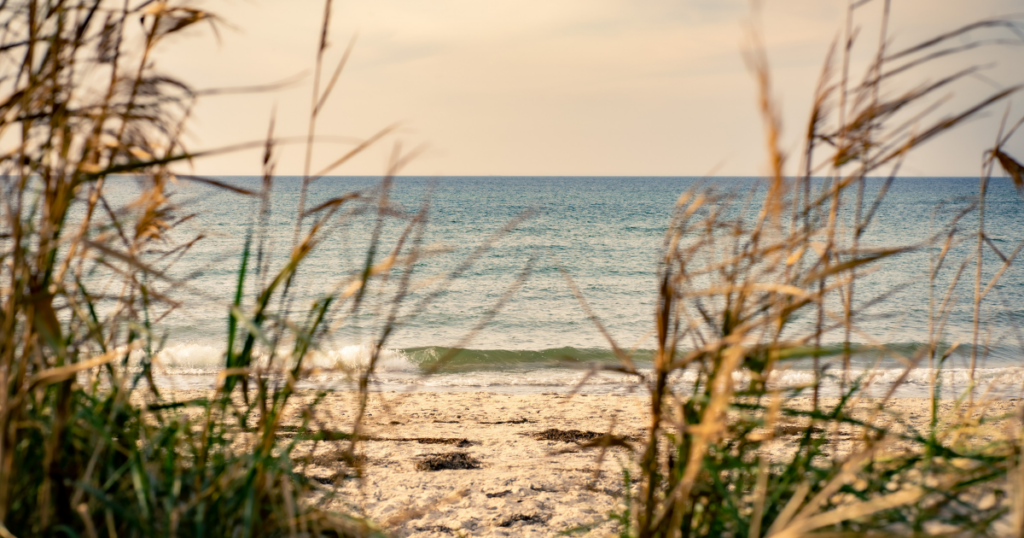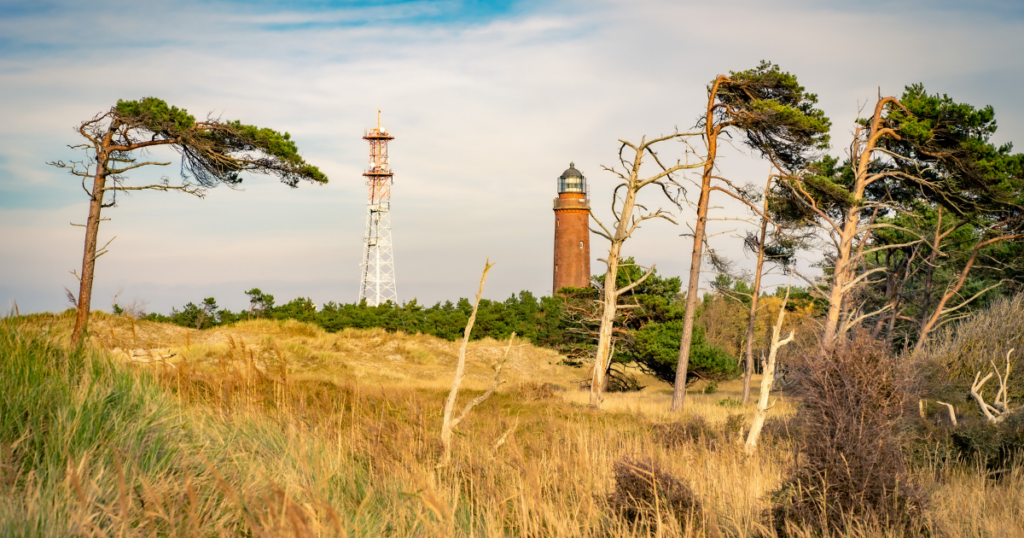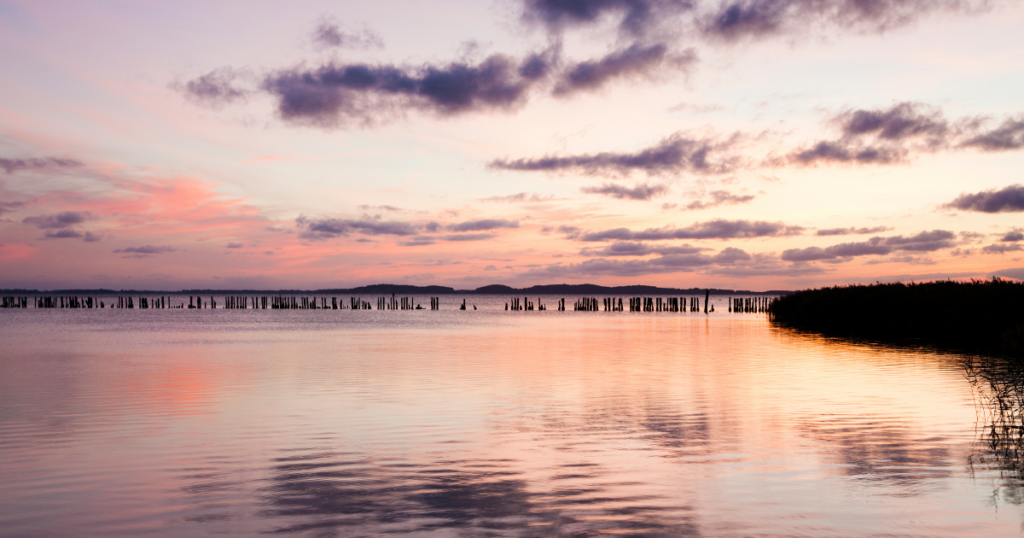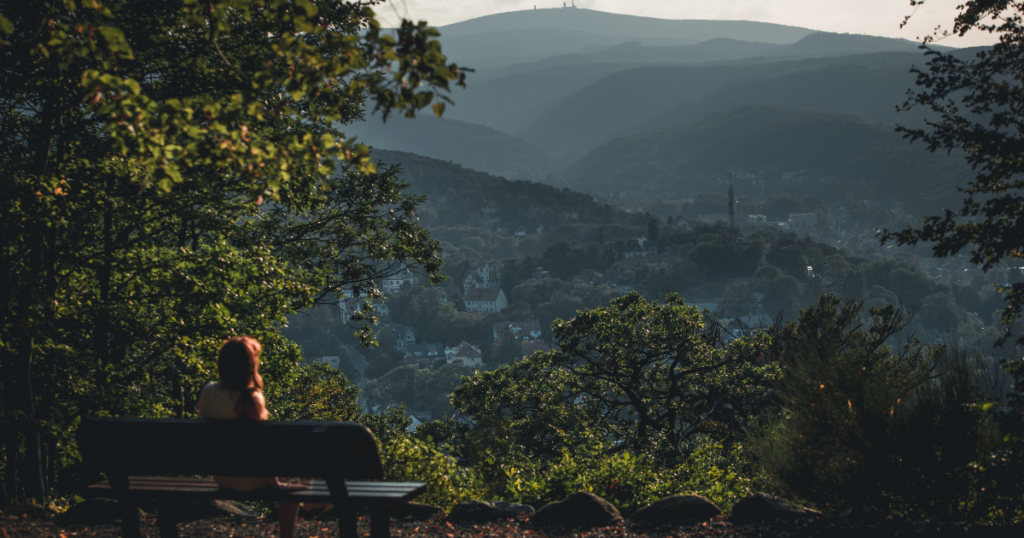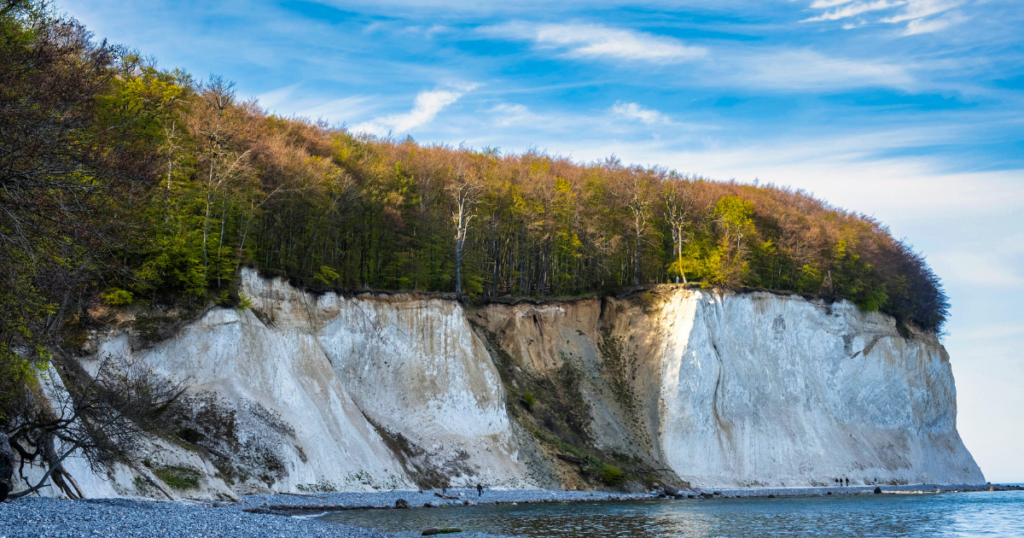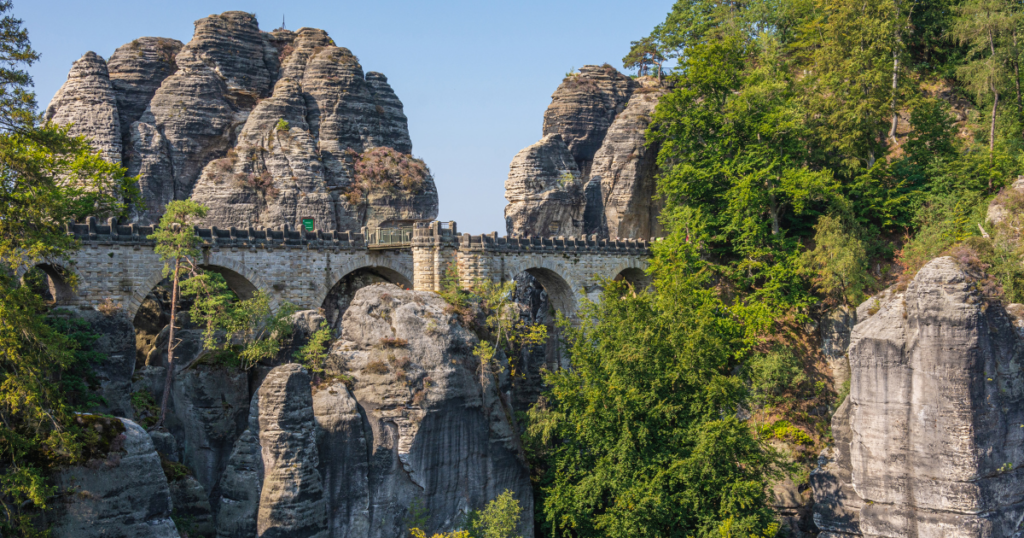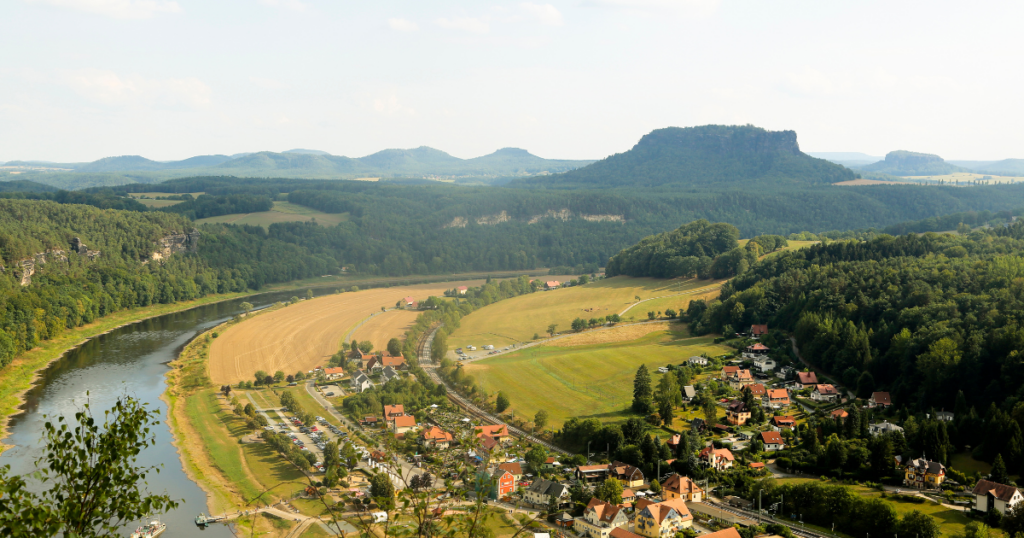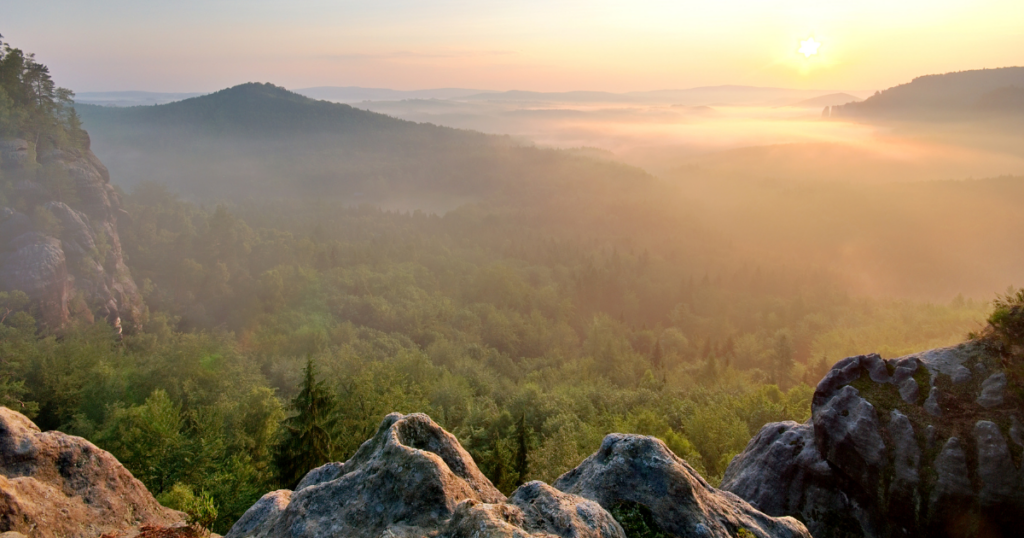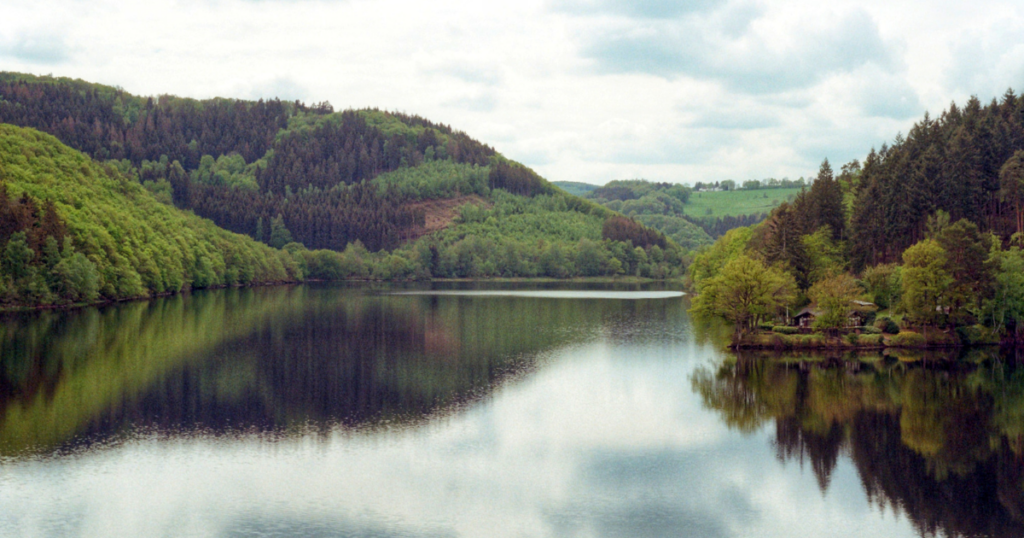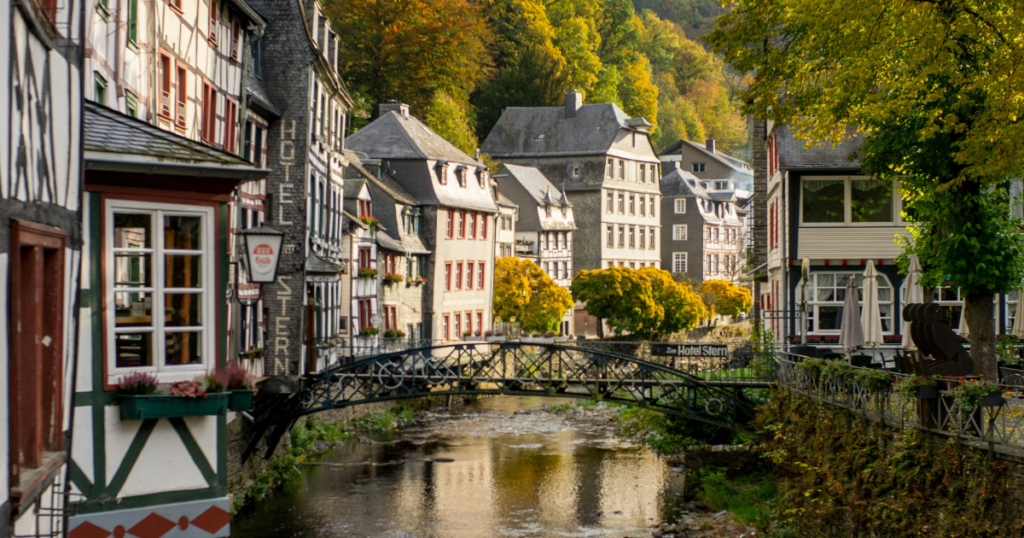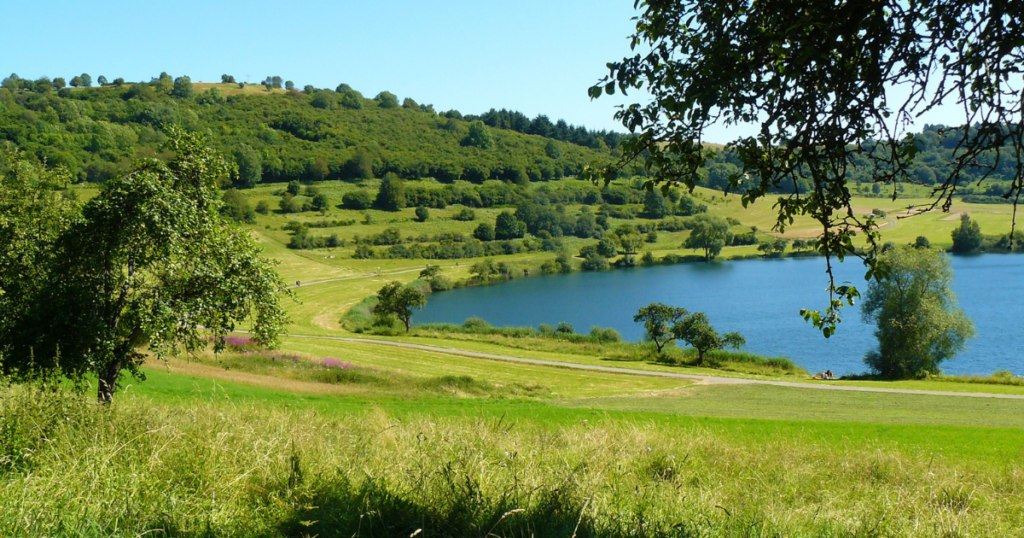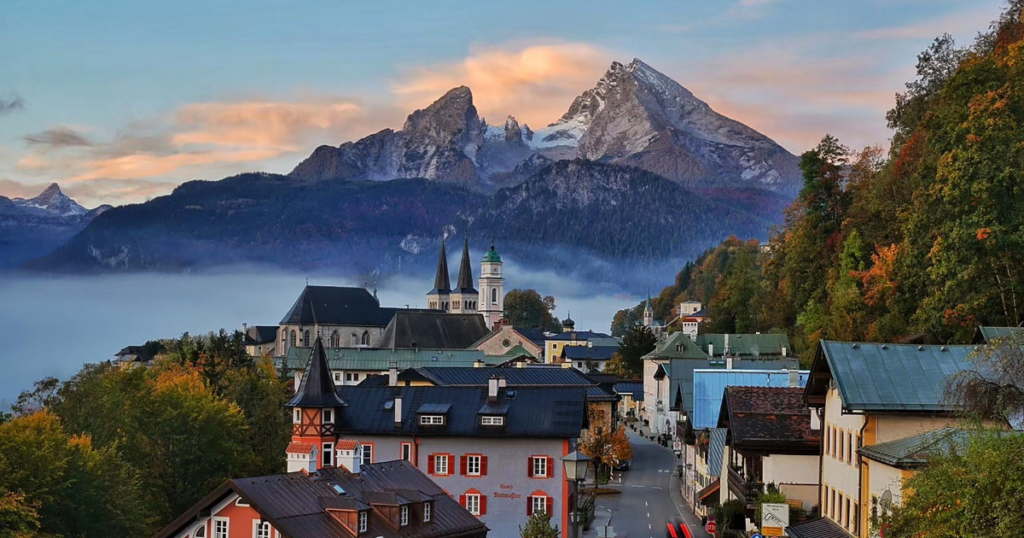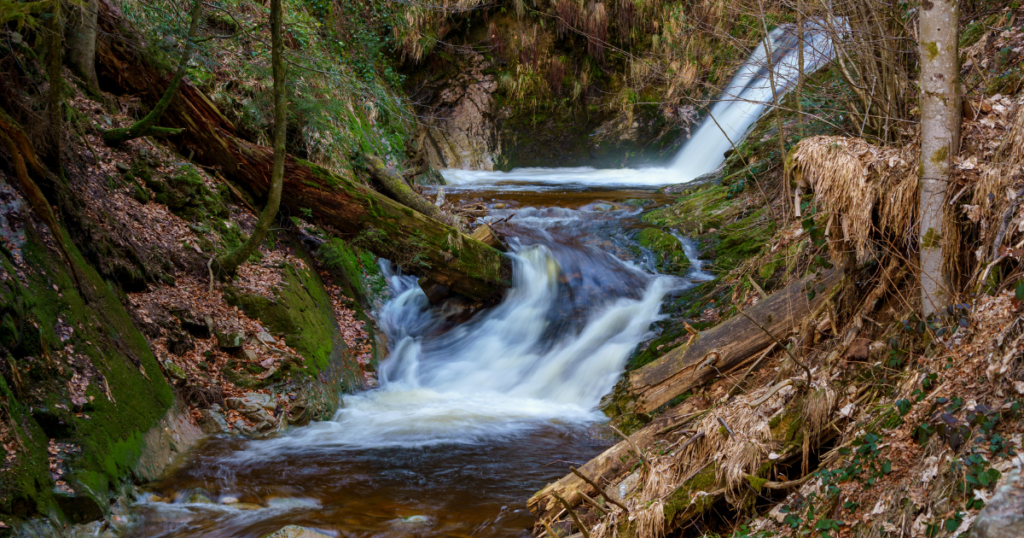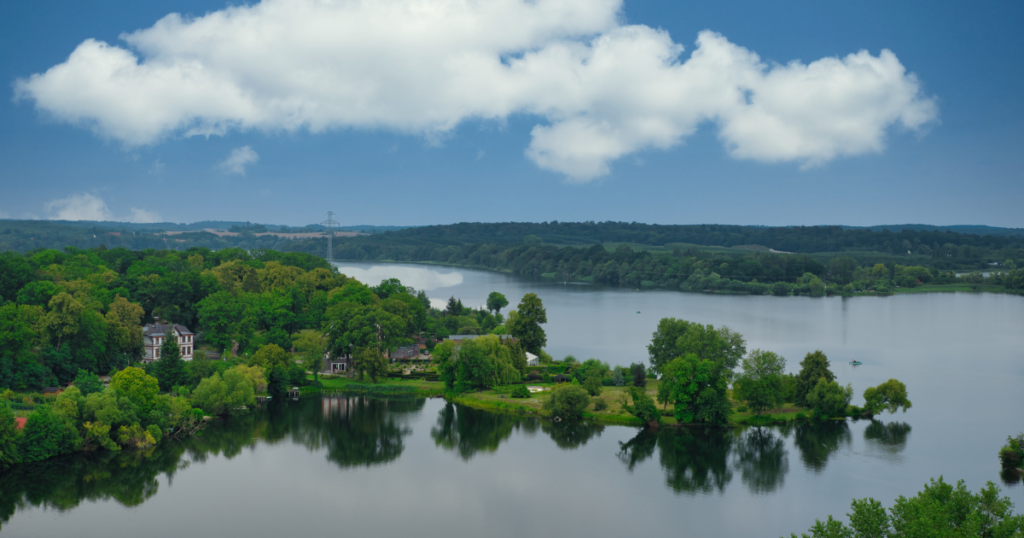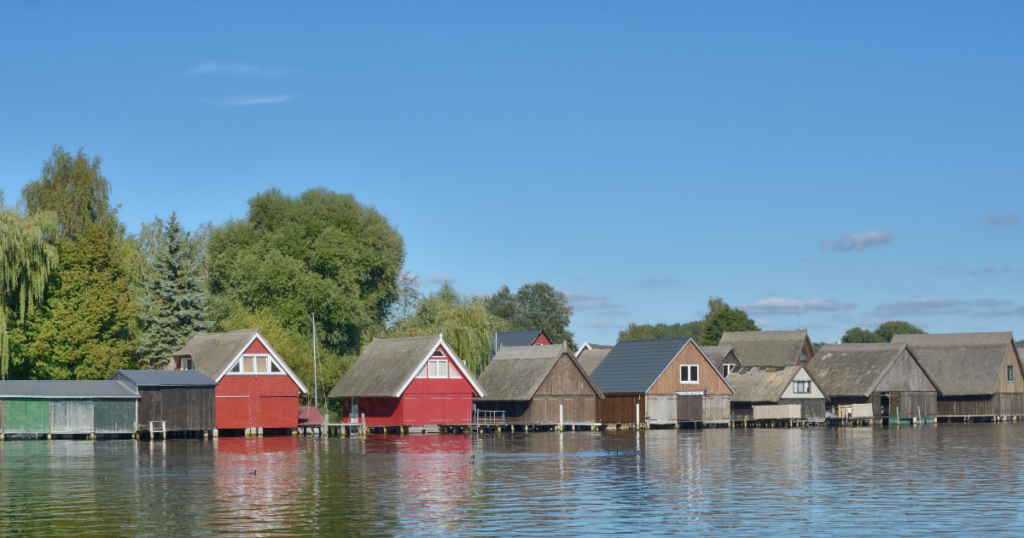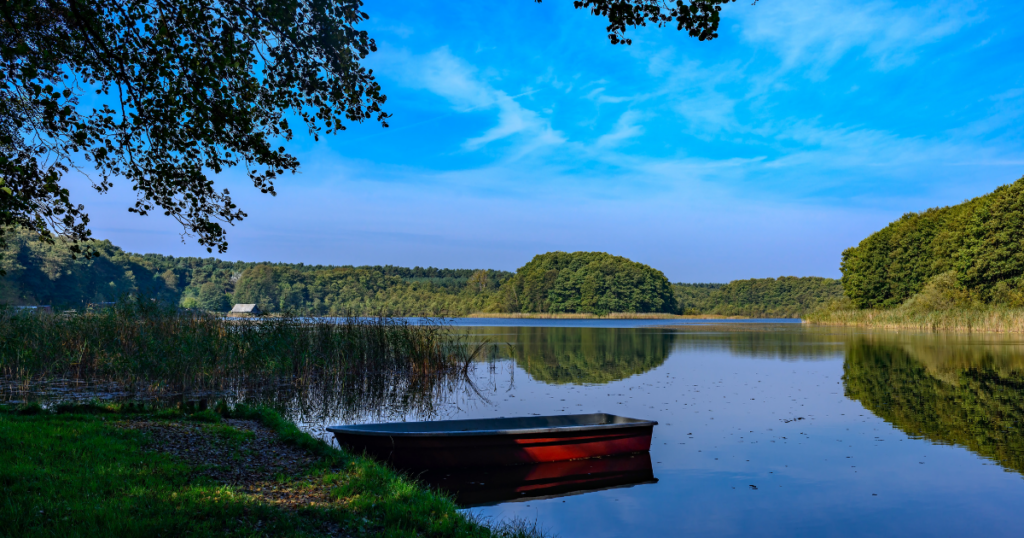Germany, a land renowned for its rich history and culture, is also home to breathtaking natural landscapes. From the majestic seas to mysterious forests and tranquil lakes, Germany’s natural splendor is as diverse as it is beautiful. In this blog post, we will embark on a journey through some of the must-see National Parks in Germany.
The Wadden Sea

The Wadden Sea stands out for its unique coastal environment of vast tidal flats and wetlands. This area is not just a single national park but an amalgamation of three: the Schleswig-Holstein, Hamburg, and Lower Saxony Wadden Seas. Each offers a distinct experience, yet all share the common thread of the Wadden Sea’s extraordinary ecosystem. As a UNESCO World Heritage Site, the Wadden Sea is a treasure for Germany and the world.
The Wadden Sea’s distinctive feature is its expansive tidal flats, the world’s most extensive system. One of the most exhilarating experiences in the Wadden Sea is walking out into the ocean during low tide. Walking along the seabed might seem surreal, but it’s a reality here. Guided walks across the mudflats out to the islands are a highlight. These walks are a physical journey and an educational experience, revealing the intricate balance of this ecosystem. However, they require careful planning and an eye on the tide schedules, as incoming water can turn these serene walks into dangerous situations. We strongly recommend only taking on longer treks accompanied by a guide.
Must-See Sights
- Westerheversand Lighthouse: An iconic lighthouse offering guided tours and stunning panoramic views of the Wadden Sea.
- Halligen Islands: These are unique tidal islands, with the Halligen Langeneß known for its traditional lifestyle and distinctive houses.
- Norderney Island: Part of the Ostfriesland Islands, Norderney is renowned for its sandy beaches, dunes, and a blend of natural beauty with cultural experiences.
Western Pomerania Lagoon Area National Park
The Western Pomerania Lagoon Area National Park, or ‚Nationalpark Vorpommersche Boddenlandschaft‘, is a mosaic of coastal landscapes encompassing lagoons, sandy beaches, and unique coastal forests. Spanning a vast 805 square kilometers, this park is celebrated for its serene beauty and ecological diversity. It is a top destination for nature lovers on a journey through Germany’s national parks.
The park is defined by its lagoons, Bodden, which create a calm, shallow water landscape in contrast to the open sea. These lagoons are separated from the Baltic Sea by narrow strips of land, forming a unique coastal environment. One of the park’s most enchanting features is its coastal forests, where ancient trees have been sculpted into whimsical shapes by the persistent sea winds. Walking through these forests feels like stepping into a fairytale, each twisted tree telling its own story. The plant life here is rich and varied, adapted to both the saline environment of the lagoon and the more temperate inland regions. This unique mix supports a wide range of wildlife, including rare bird species, making it a haven for birdwatchers. The park is also a crucial breeding ground for the Baltic Sea’s bird populations.
Must-See Sights
- Darßer Ort Lighthouse: Standing tall at the tip of the Darß peninsula, this lighthouse offers panoramic views of the surrounding area. It’s not just a navigation aid but a historical monument that adds to the park’s charm.
- Hiddensee Island: Accessible by ferry, this car-free island is a part of the national park and is known for its unspoiled natural beauty. It’s a place where time seems to slow down, allowing visitors to immerse themselves in nature fully.
- West Beach (Weststrand): Renowned for its natural beauty, West Beach is often described as one of Germany’s most beautiful beaches. The combination of pristine sand, clear water, and surrounding forests creates an almost untouched wilderness experience.
Harz National Park
Harz National Park lies in the heart of Germany, straddling Lower Saxony and Saxony-Anhalt. The Harz is dominated by the Harz Mountains, the highest in northern Germany. Its landscape is a diverse tapestry of dense forests, rushing streams, sprawling meadows and rocky outcrops. Once the stage of medieval legends and folklore, today, it’s a sanctuary where nature has been allowed to reclaim its rights. The Brocken, the highest peak, is shrouded in legend and often cloaked in mist, adding to the park’s mystical atmosphere, which has inspired countless myths and fairy tales throughout the ages.
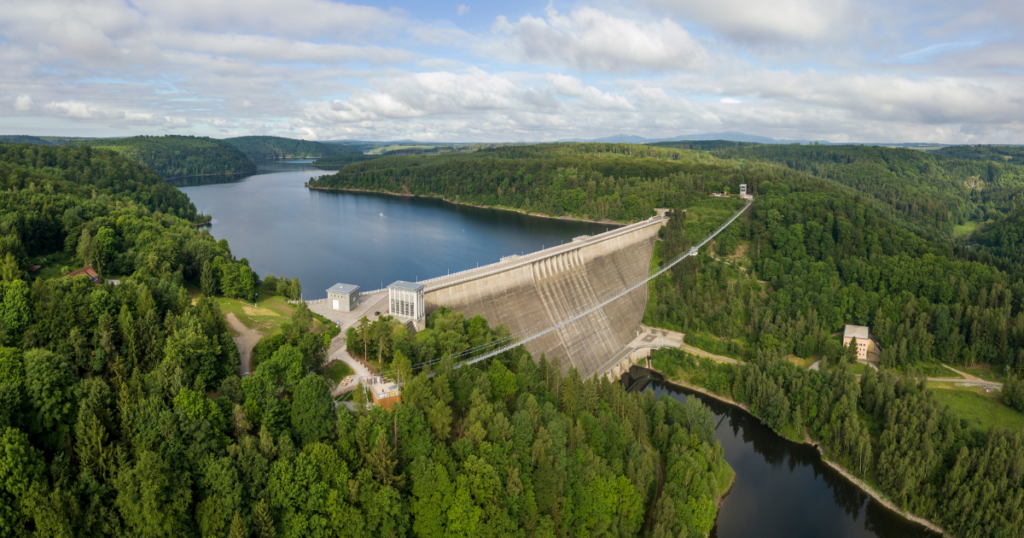
Harz National Park is a biodiversity hotspot, boasting various plant and animal life. Among its most notable residents is the majestic and rare Eurasian lynx. Once extinct in this region, these elusive predators have been successfully reintroduced, making the Lynx Enclosure near Bad Harzburg one of the park’s top sights. Visitors can learn about these fascinating creatures and the park’s conservation efforts here. The park’s mixed forests and meadows are home to a rich diversity of plant species, making it a haven for botanists and nature enthusiasts.
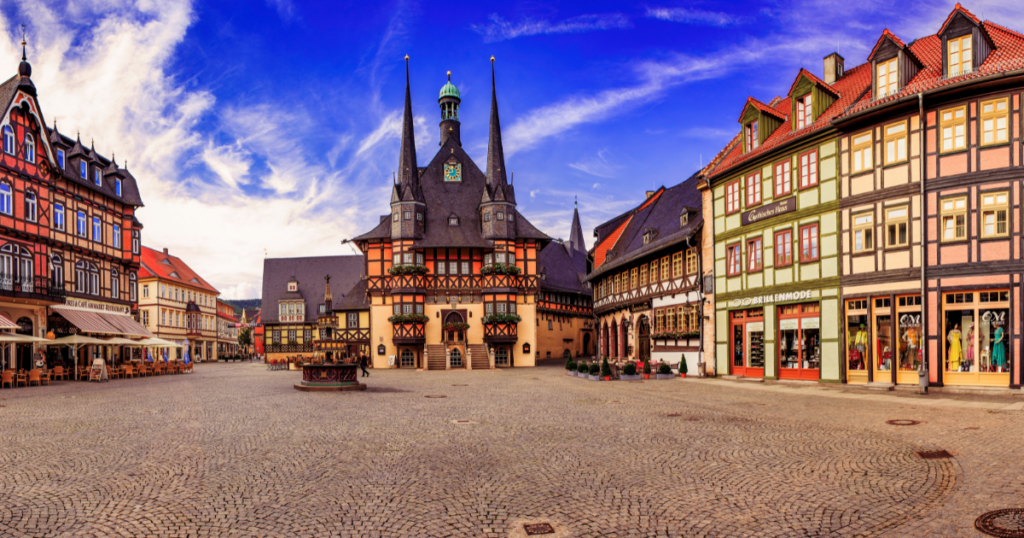
Must-See Sights
- The Harz Witches‘ Trail: This famous hiking trail winds through the park, taking visitors on a journey through dense forests and mystical places, and offers a glimpse into the region’s folklore.
- Rappbode Dam: Rappbode Dam: As the highest dam in Germany, it offers stunning views and an opportunity to learn about the region’s hydroelectric power history. The dam also features a daring suspension bridge, an exhilarating zip line, and a giant swing for those who dare.
- Wernigerode Quedlinburg: Often called the „colorful town in the Harz, „Wernigerode enchants visitors with its medieval architecture and vibrant streets.
- Quedlinburg: Just on the outskirts of the park, this UNESCO World Heritage town is known for its well-preserved medieval architecture and cobblestone streets, providing a historical complement to the park’s natural beauty.
Jasmund National Park
n the northeastern corner of Germany, on the island of Rügen, lies Jasmund National Park, a place of stark natural beauty and geological significance. It may be Germany’s smallest national park, but what Jasmund lacks in size, it makes up for in its breathtaking landscapes.
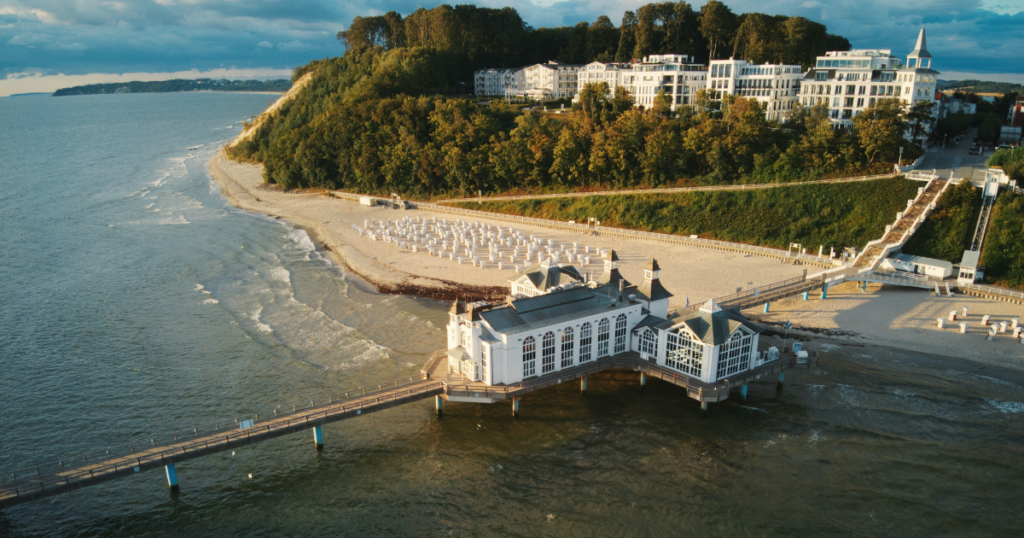
Jasmund is renowned for its towering chalk cliffs, which rise majestically above the Baltic Sea. These white cliffs, particularly the famous Königsstuhl (King’s Chair), are visually stunning and tell a story millions of years old. The contrast between the azure waters and the luminous white cliffs creates a scene that seems almost painted. Behind these cliffs lies another of Jasmund’s treasures: ancient beech forests. These woodlands are part of the UNESCO World Heritage for their old beauty and ecological importance. The unique combination of sea cliffs and forests creates varied habitats, home to numerous bird species and rare plants. It’s a place where nature conservation is taken seriously, balancing public access with the need to protect delicate ecosystems.
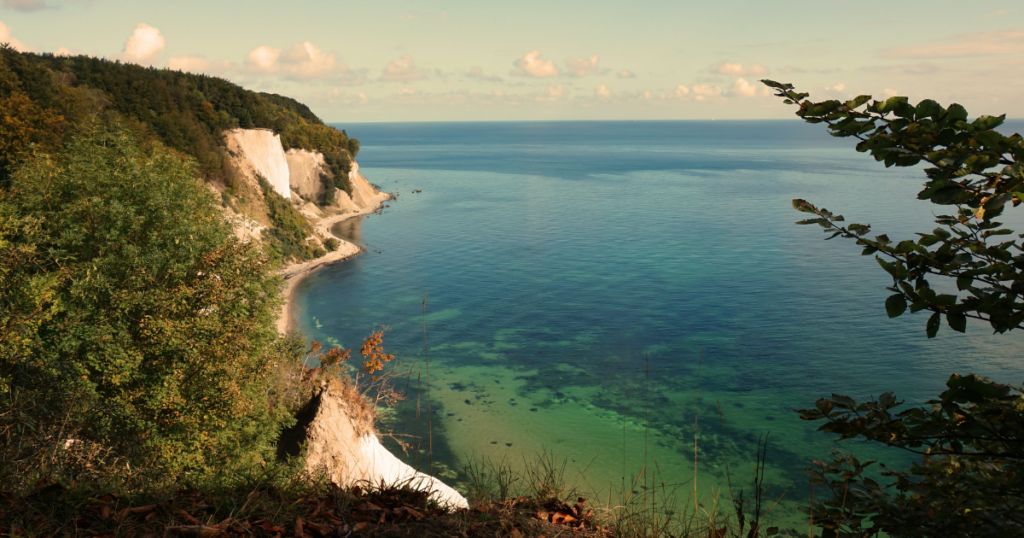
Must-See Sights
- Königsstuhl (King’s Chair): The most famous chalk cliff in the park, standing 118 meters high. It offers breathtaking views of the Baltic Sea and symbolizes Jasmund’s natural beauty.
- Herthasee: A tranquil lake surrounded by ancient beech forests, offering a peaceful retreat. Its clear waters and the mystical atmosphere make it a popular spot for leisurely walks and nature photography.
- Victoria-Sicht (Victoria View): An exceptional viewpoint named after Queen Victoria, providing panoramic views of the chalk cliffs and the expansive Baltic Sea.
Saxon Switzerland National Park
East of Germany, along the border with the Czech Republic, Saxon Switzerland National Park presents a dramatic and rugged landscape, markedly different from the country’s other national parks. Saxon Switzerland is a mecca for rock climbers, with thousands of climbing routes etched into the sandstone. But it’s not just for the adventurous spirits; the park has plenty of hiking trails that meander through the rocky terrain, offering spectacular views and serene moments in nature.
The park is renowned for its striking sandstone rock formations. These towering rocks and cliffs have been shaped by millions of years of erosion, creating an awe-inspiring and intimidating landscape. The Bastei Bridge, perched high above the Elbe River, offers a breathtaking view of the surrounding sandstone pillars and symbolizes the park. In addition to the rocky landscape, the park is home to lush valleys and forests. These diverse habitats support various wildlife and plant species, like the otter, one of central Europe’s rarest and most endangered animal species.
Must-See Sights
- Bastei Bridge: An iconic sandstone bridge soaring above the Elbe River, offering spectacular views of the surrounding rock formations and the valley below. Its dramatic setting makes it one of the most photographed landmarks in the park.
- Kuhstall (The Cowshed): A large natural arch and the second-largest rock gate in the park. This landmark is accessible via a scenic hike and offers an impressive natural structure with great views of the surrounding area.
- Festung Königstein (Königstein Fortress): Perched atop a hill, this historic fortress provides a mix of cultural history and panoramic views. The fortress is surrounded by lush greenery, giving insight into the region’s past.
Find out more here!
Eifel National Park
Eifel National Park, located at the Belgian border, is characterized by its dense forests and serene water bodies, including the picturesque Rur Reservoir. This landscape has been shaped by volcanic activity, which is evident from the maars – crater lakes formed by volcanic explosions. The combination of lush green forests and sparkling blue waters creates a tranquil and rejuvenating atmosphere.
Eifel National Park is crisscrossed with trails, ranging from easy walks to challenging hikes. These trails lead visitors through varied landscapes, offering opportunities to experience the park’s natural beauty up close. Scenic overlooks, like the one at the Hirschley viewpoint, provide panoramic views of the park and its surroundings. Nearby towns like Monschau, with its half-timbered houses and cobblestone streets, offer a charming base for exploring the park. Another notable site is Vogelsang, a former Nazi training center turned into a cultural center, providing historical context.
Must-See Sights
- Rur Reservoir (Rursee): This large reservoir offers stunning scenic views and is ideal for various water activities. Lush forests surround it, providing a peaceful environment for nature walks, boating, or simply enjoying the tranquility.
- Ordensburg Vogelsang: Once a Nazi training center, now a historical site with exhibitions, this place offers a poignant look into Germany’s past, set against the backdrop of Eifel’s natural beauty.
- Wild Kermeter: This accessible, wild nature area is home to various wildlife and offers numerous trails specifically designed for visitors with mobility impairments. It’s a prime spot for experiencing the park’s biodiversity.
Berchtesgaden National Park
Situated in the southeastern corner of Germany, bordering Austria, Berchtesgaden National Park is a majestic showcase of alpine landscapes. The area is rich in Bavarian culture, with the town of Berchtesgaden providing a cultural and historical counterpoint to the natural landscapes. Traditional Bavarian architecture and customs add to the charm of this region.
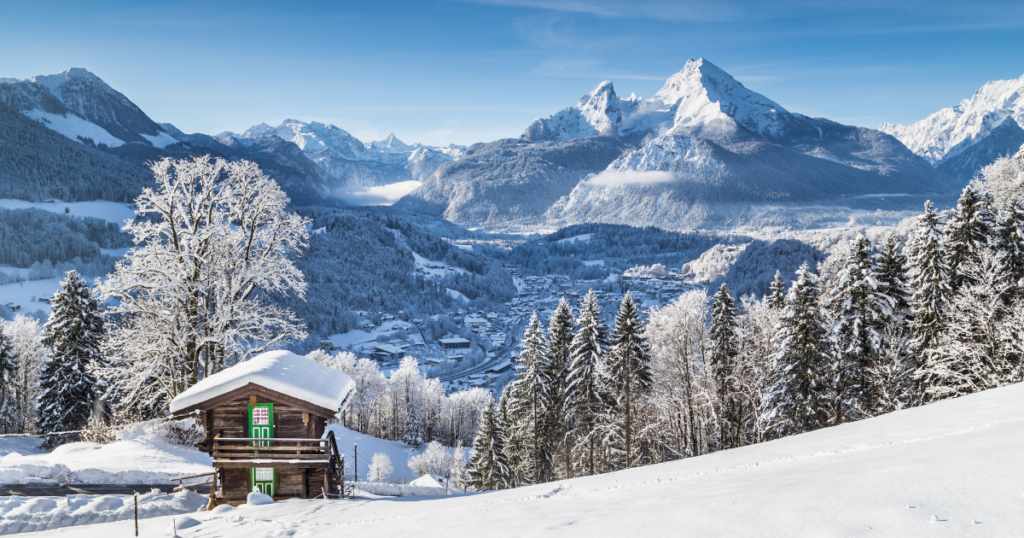
Dramatic mountain ranges like the Watzmann, and deep valleys characterize the park. The pristine Königssee, a crystal-clear alpine lake, is nestled among these towering peaks, offering picturesque views and serene boat rides. A network of trails offers everything from gentle walks to challenging mountain hikes. The park is also famous for winter sports, making it a year-round destination for outdoor enthusiasts. Moreover, it’s a hotspot for biodiversity, with its high-altitude ecosystems supporting a range of flora and fauna. Here, alpine meadows burst into color with wildflowers in spring and summer.
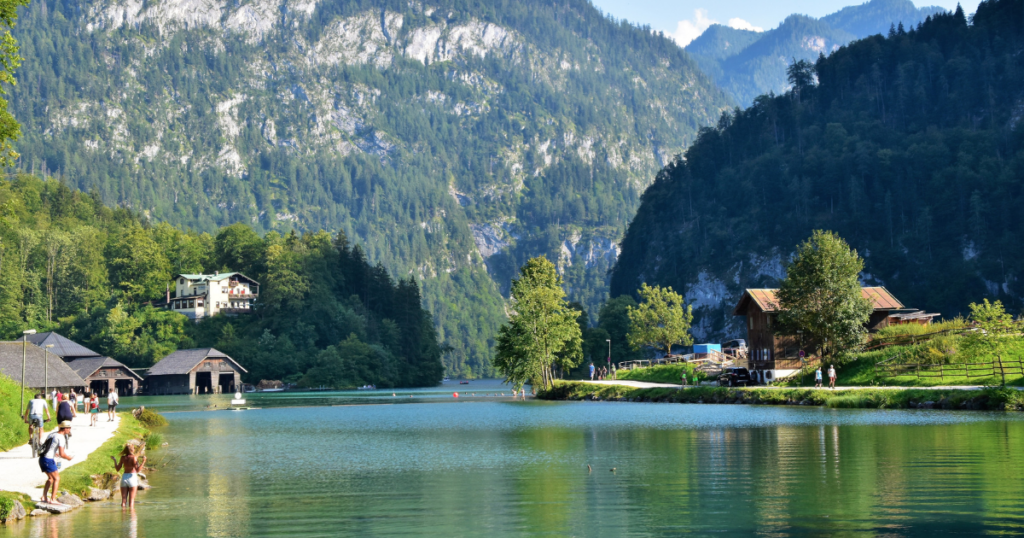
Must-See Sights
- Königssee: Known for its crystal-clear waters, this pristine alpine lake is surrounded by steep mountain walls, offering a picturesque setting. Boat tours provide a peaceful way to enjoy the stunning scenery and visit the famous St. Bartholomä, a historic chapel on the lake’s shore.
- Eagle’s Nest (Kehlsteinhaus): Originally built for Hitler, this mountaintop retreat is now a restaurant offering breathtaking panoramic views of the Alps. The journey to the Eagle’s Nest is as spectacular as the destination. Along it, you’ll experience a dramatic bus ride and a brass-lined elevator tunneled straight into the mountain.
- Watzmann: This is Germany’s third-highest mountain, offering challenging hikes and climbs. For those who prefer less strenuous activities, numerous trails at lower altitudes have equally stunning mountain views.
Black Forest National Park
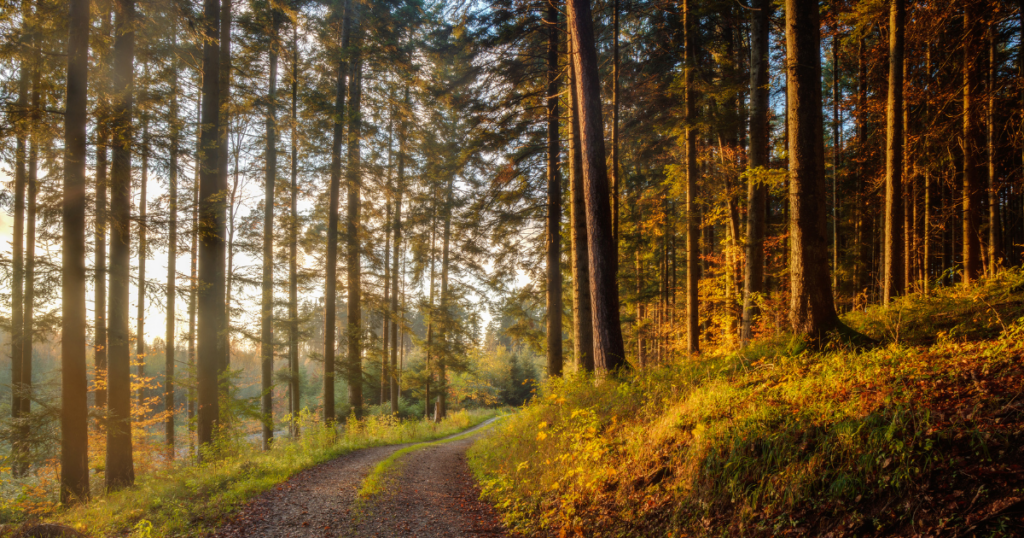
In southwest Germany, the Black Forest National Park presents a landscape rich in folklore and natural beauty. The rolling hills and serene lakes offer a tranquil escape, while the scenic routes through the forest allure road-trippers and cyclists.

The park’s diverse landscape includes vast, peaceful forests, winding rivers, and gentle hills, offering many activities for visitors. Hiking and cycling trails crisscross the park, inviting exploration. In winter, the snow-covered hills transform into a paradise for skiers and snowboarders. This park is not just about natural beauty; it’s where German traditions and folklore come alive amidst the forested landscape. The Black Forest, known for its cuckoo clocks, traditional costumes, and the original Black Forest Gateau, offers a cultural experience as rich as its natural one.
Must-See Sights
- Mummelsee: A serene lake in the mountains, surrounded by myth and legend. It is ideal for leisurely walks and enjoying traditional Black Forest cuisine at nearby establishments.
- All Saints‘ Waterfalls (Allerheiligen-Wasserfälle): It is among the region’s most beautiful waterfalls, offering cascades through a lush, wooded valley accessible via hiking trails.
- Schwarzwaldhochstraße (Black Forest High Road): This scenic drive offers panoramic views of the forest and valleys, with multiple viewpoints and trailheads along the route.
Müritz National Park
Müritz National Park is a celebration of water and wilderness in the heart of the Mecklenburg Lake District. It encompasses Germany’s largest landlocked body of water (excluding Lake Constance, as this borders Germany, Switzerland and Austria). This park is a mosaic of crystal-clear lakes, gentle hills, and ancient forests, offering an escape from hectic daily life.
The park is a paradise for birdwatchers and nature enthusiasts. Its abundance of bird species, including sea eagles and ospreys, makes it a premier destination for wildlife observation. The tranquil waters and forested trails provide a perfect setting for kayaking, hiking, and peaceful contemplation. Numerous lakes characterize the park’s landscape, each offering a unique setting for water-based activities. The surrounding forests are home to a rich variety of wildlife, creating a biodiverse environment that captivates visitors.
Must-See Sights
- Lake Müritz: The park’s heart is ideal for boat tours, swimming, and enjoying the serene natural surroundings.
- Boek Wildlife Park: A chance to observe local wildlife in their natural habitat, offering an educational and immersive experience.
- Federow Observation Tower: An elevated spot perfect for birdwatching, providing panoramic views of the park’s wetlands and forests.
If you’ve enjoyed this little journey into Germany’s National Parks, you might also enjoy the following blog posts:
- Germany’s Hidden Treasures: Discovering the Most Scenic Villages
- Discover the breathtaking beauty: Must-See National Parks in Switzerland
Follow us on Facebook, Pinterest and Instagram for more travel tips and inspiration.
Whether you’re a solo explorer, a family of adventurers, or a globe-trotting digital nomad, Lambus has you covered. With its intuitive features, you can effortlessly plan itineraries, document your journey, and discover hidden gems. It’s like having a personal travel assistant in your pocket, making your travels more enjoyable and stress-free. Say goodbye to the hassle of organizing your trips and hello to seamless, unforgettable adventures. Try Lambus today and unlock a world of travel possibilities! ?✈️

